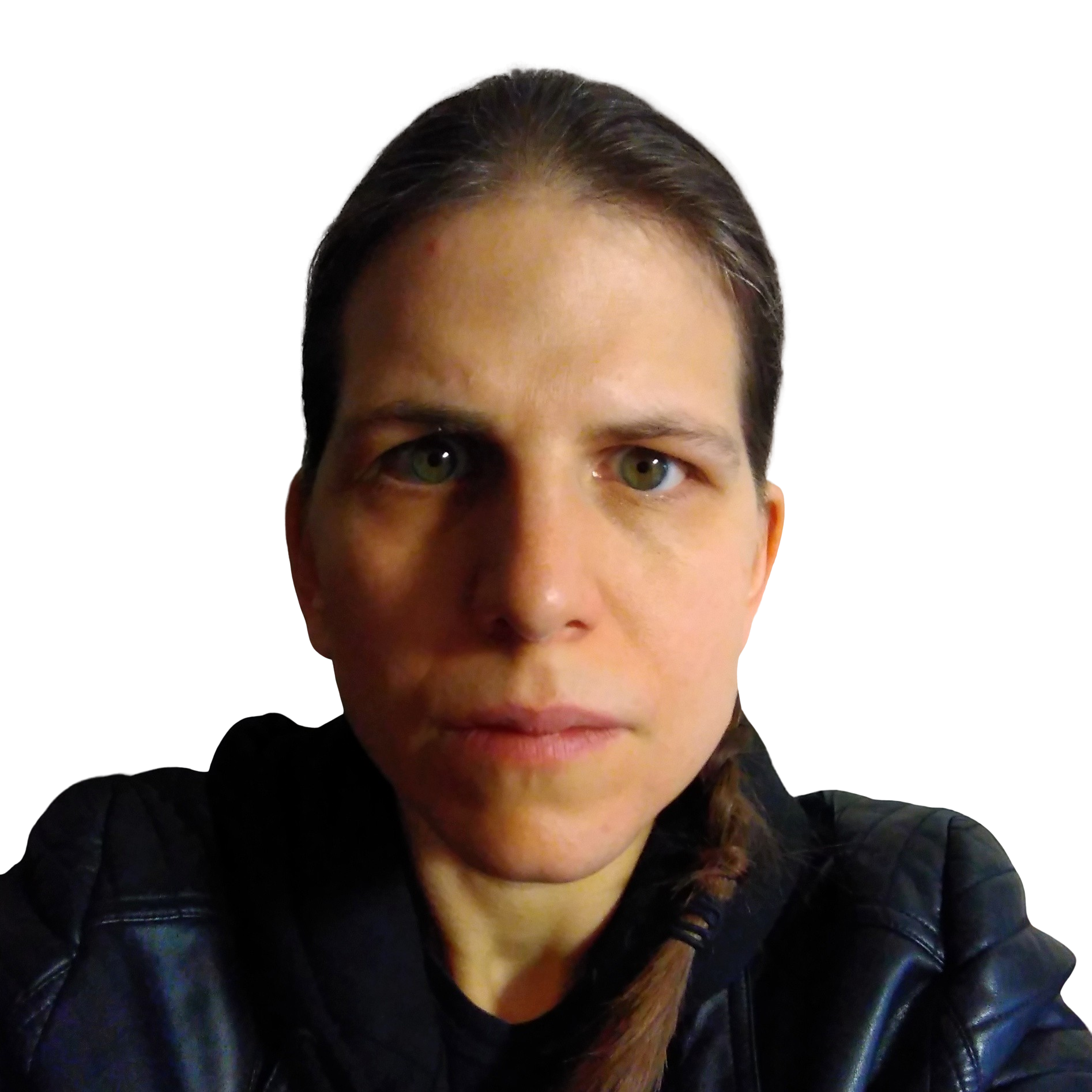IT Pro Verdict
The MFC-6890CDW is cheap to run and relatively inexpensive to buy, with generally good print quality. It has a decent range of features, including both duplex printing and scanning, but we were disappointed by its lack of a web interface and irritated by duplex printing that only works from the lower-capacity tray and duplex copying that requires you to manually flip the page you're trying to copy. Though its well featured, ultimately, the low print speeds make this MFP an unsuitable choice if you want to buy only one printer for your office.
A4 printers are the workhorses of the modern office, but their limitations soon become obvious if you need to print complex project management charts, spreadsheets or glossy posters for the next big presentation. Despite its usefulness, A3 and ledger sized printing and scanning is often a luxury that many small businesses are hard pressed to afford but Brother is hoping to change that will its MFC-6890CDW.
Brother's recent A3 MFPs, including last year's MFC -6490CW have managed to keep purchase and print costs low compared to the rest of the A3 all-in-one market. A large part of this is because they use inkjet, rather than laser, print technology. As well as costing less to buy, business inkjets like the MFC-6890CDW have lower colour running costs than their laser counterparts, thanks to large ink tanks that can be replaced without changing an expensive print head.
The MFC-6890CDW is well specified, starting with A3+/ledger printing, scanning and fax capabilities. It has USB, Ethernet and 802.11b/g wireless networking, along with a PictBridge USB port that images can be printed from and scanned to. The printer has a 2,000 page recommended monthly duty cycle, total paper capacity of 350 sheets and a 50-sheet ADF for faxing and scanning multi-page documents.
Unfortunately, although the MFP has an automatic duplexer, it isn't equipped with a duplex scanner, which means that photocopying two-sided documents required us to manually flip the page we were scanning half-way through hardly convenient.
The most obvious difference between this MFP and last year's models is the addition of a touchscreen on the device's front panel. This is fairly easy to use thanks to its large, friendly on-screen buttons, although a vertical screen size of just 4cm means that scrolling through menus with one finger can be fiddly.
There are still some button controls. Four buttons to the right of the screen let you switch between fax, scan, copy and photo capture modes. The printer also has the usual colour copy, mono copy and cancel keys, along with the an alphanumeric keypad, programmable buttons and shortcut buttons for useful features like Duplex copying, although Duplex copying and printing is only possible from Tray 1.
Tray 1 has a relatively low capacity of 100 sheets of 80gsm copier paper. As well as being the only source for duplex prints, it's also the only tray that you can make borderless prints from. This a less than ideal combination, as we would have preferred to be able keep Tray 1 permanently stocked with photo paper and use Tray 2, which can hold 250 sheets of standard A4, for duplex printing.
K.G. is a journalist, technical writer, developer and software preservationist. Alongside the accumulated experience of over 20 years spent working with Linux and other free/libre/open source software, their areas of special interest include IT security, anti-malware and antivirus, VPNs, identity and password management, SaaS infrastructure and its alternatives.
You can get in touch with K.G. via email at reviews@kgorphanides.com.

